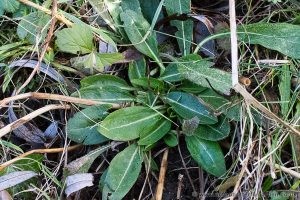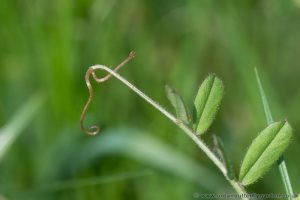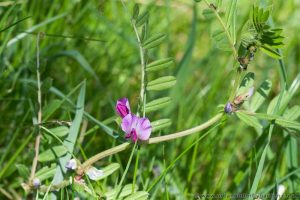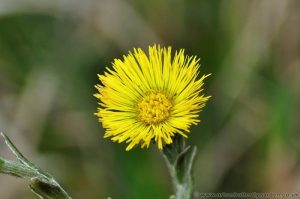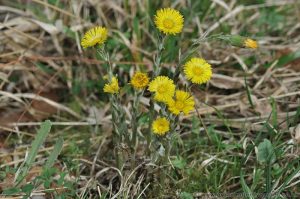about
A hardy perennial wildflower with small dark violet/blue pincushion flowers which appear in late summer, between July and September. Each plant can send up a number of long slender flower stems up to 70cm tall. Devil’s-bit Scabious leaves are a quite distinctive dark green and have a leathery appearance.
The leaves are also evergreen, even during the winter months and when not in flower they not to difficult to identify.
In the garden Devil’s-bit Scabious, can be planted along side other perennial wild flowers such as, Common Fleabane or Meadow Sweet which flower and grow well in similar shady damp habitats.
habitat
A native wild flower in Britain, Devil’s-bit Scabious prefers damp soils, in the wild it may be found growing in Damp Meadows, Woodland Rides and Marshes
Devil’s-bit scabious is a food plant for the caterpillars of a one of Britian’s rarest and prettiest butterflies, the Marsh Fritillary
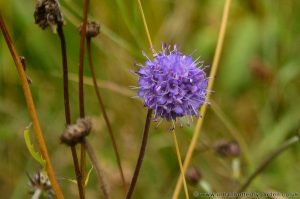
Devil’s-bit-Scabious, single blue pincushion flowers
In my Garden there are now around 100 or more established plants, grown mostly from collected seed, moved on into 9cm pots and planted in semi-shade. Getting most of the summer sun from late afternoon avoiding the heat of the day.
Plant Information
- Name: Devil’s-bit Scabious (Succisa pratensis)
- Group: Caprifoliaceae Honeysuckle family
- Type: Hardy Perennial
- Position: Sun or Semi-shade
- Soil Type: Well drained, Moist soil (not water logged)
- Similar appearance to:
- Flowering: July to September
- Position: Sun with semi-shade,
- Height: around 70cm
- Larval food plant: Marsh Fritillary Butterfly (Euphydryas aurinia)
- Nectar plant: Common Blue, Bees, Hoverflies
- Photograph:Top 26th May 2015, Bottom: 21st Feb 2019
- Location: Growing in my Garden

